Jump to:
If your current color is looking a little one-dimensional or too light for you, lowlights are the perfect solution. Darker lowlights are a great complement to bright highlights and keep the overall look a little more natural with plenty of color depth!
See our favorite examples of lowlights with different colors and lowlight placement patterns in this visual guide.
We’ll also cover some helpful tips and tricks for making your lowlights look perfect and choosing the right shade and tone for you. First, let’s cover what lowlights actually are and what they can do for your hair color.
You Might Also Like:
What Are Lowlights?
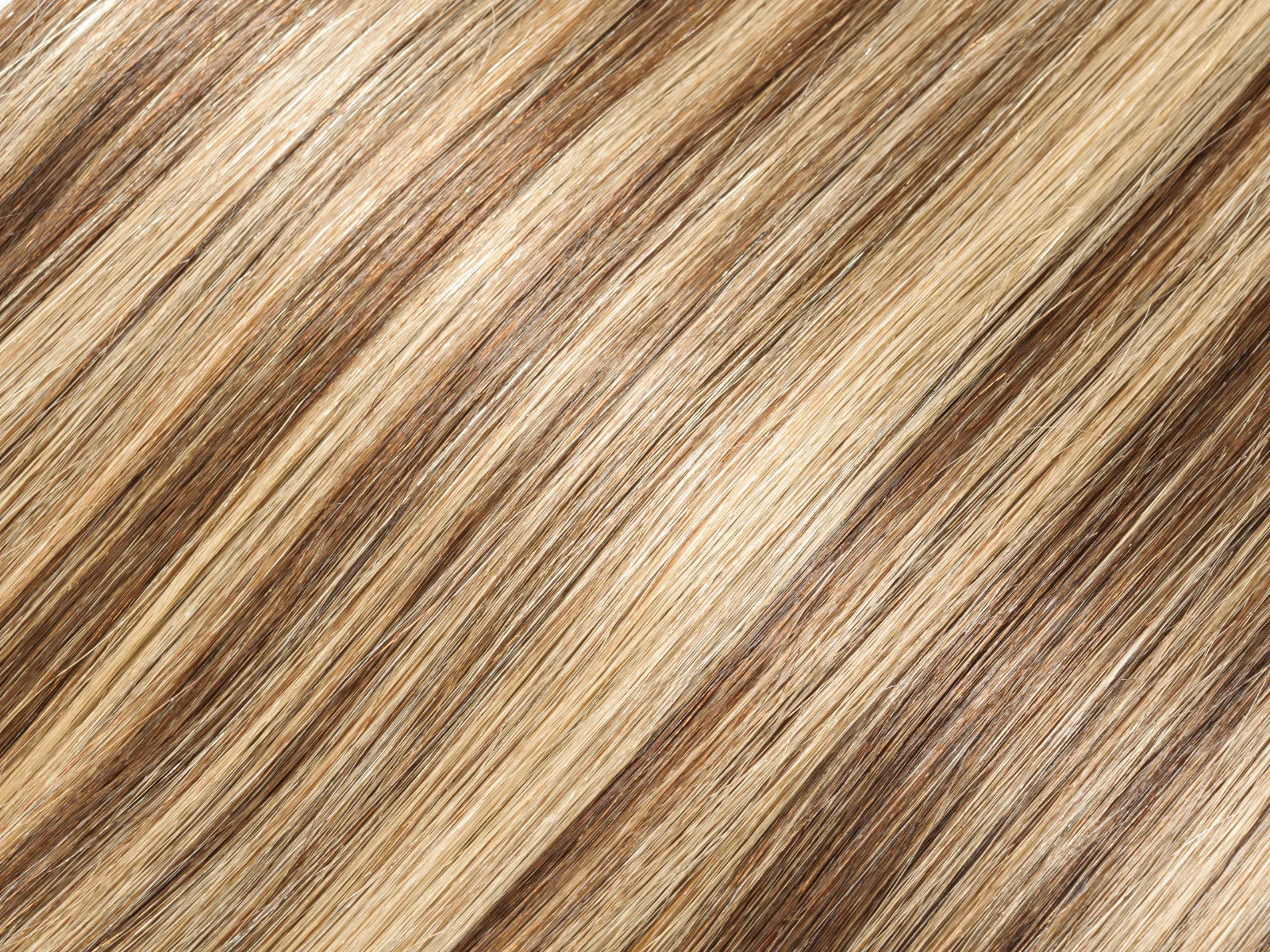
Sixsmith/Shutterstock
Lowlights are thin, contrasting darker colored sections of hair that are placed in spaced-out intervals around the head. They’re usually one or two shades darker than your base or highlight color to create a natural depth.
Unlike highlights that add pops of brightness with bleach, lowlights add depth and dimension with darkened strands that break up lighter colors and add a shadow effect to highlighted, bleached, or light-colored hair.
Lowlights are truly one of the easiest ways to add dimension and depth to light-colored hair.
Adding a mix of darker strands creates an effect similar to natural shadows in the hair and can completely transform a boring, one-dimensional color into something more natural and full of visual depth.
When you add lowlights to light-colored hair, you get the effect of darker colored strands peeking through the brightest pieces, just like naturally sun-lightened hair.
Lowlights give you control over where you want extra depth and dimension, allow you to perfect your color placement, and tone down very light colors for a look that’s more natural overall.
Lowlights were big in the 90s and early 00s, but fell out of favor at some point along the way.
We’re so happy they’re back and want to show you some of the prettiest modern examples of lowlights to help welcome this flattering trend back into the world of beauty!
20 Lowlights Examples We’re Obsessed With
It’s safe to say that we’re obsessed with the comeback of lowlights. Not only does this technique help you add instant depth and dimension to your color, but it can also help you tone down too-light hues (you know, if you decide all-over blonde isn’t for you a little too late), fake added body and texture, and accentuate any waves or curls you’ve already got going on.
Properly placed lowlights can also help you cut down on blonde maintenance and touch ups, which is always a welcome benefit if you don’t like monthly salon visits.
Here are the lowlight looks we’re currently obsessed with – you’ll be ready to join the fan club once you check out these gorgeous, dimensional looks!
1. Ash Brown Lowlights With Ash Blonde Balayage
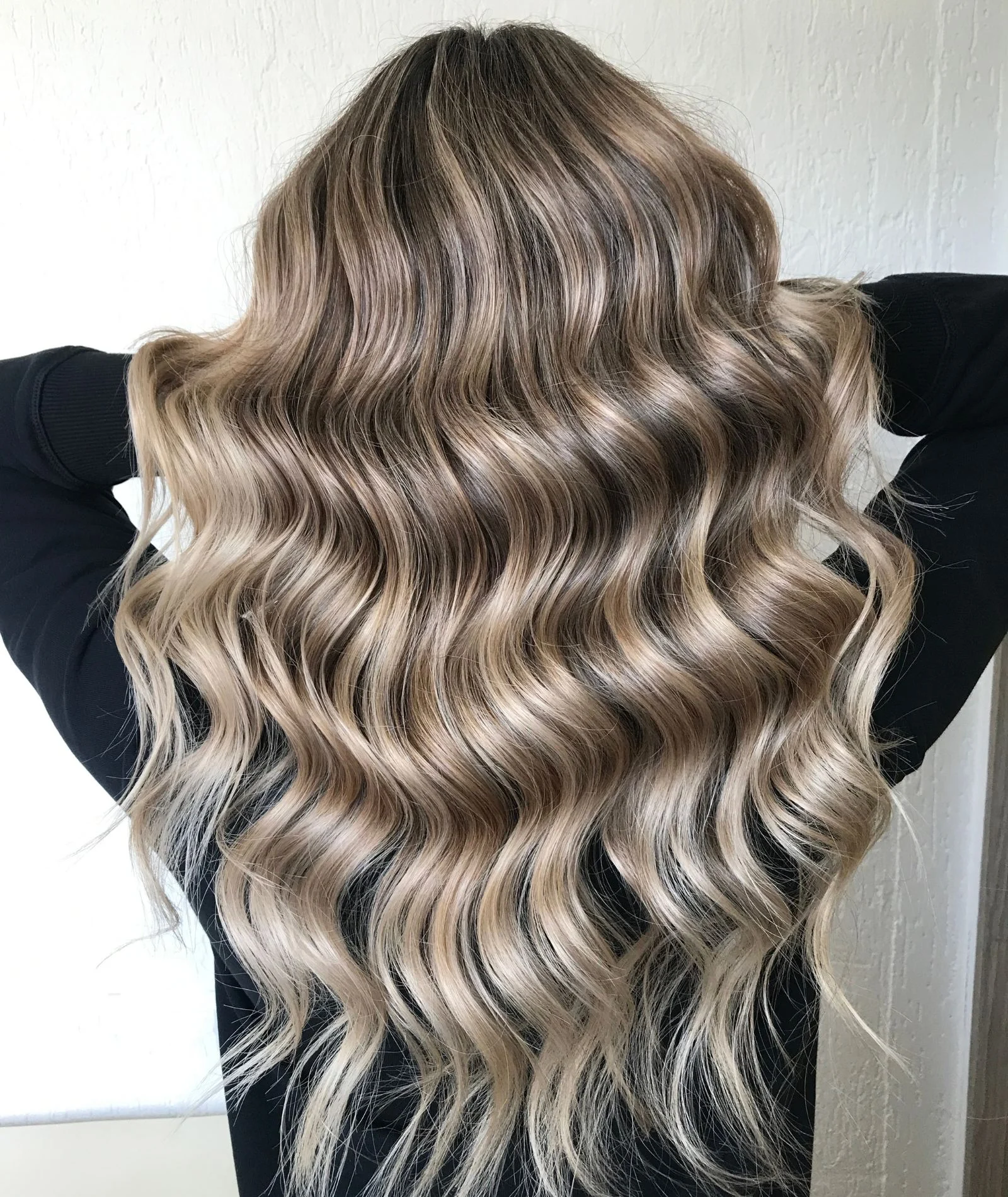
Shumskaya Tatiana/Shutterstock
Lowlights pair so well with hand-painted balayage color because both techniques help add a natural-looking effect. Balayage ash blonde looks almost sun-kissed as it lightens the midshaft to ends, while deeper ash brown fills in the gaps and adds the effect of dimension and shadows to the style.
Read Next: Champagne Blonde vs. Ash Blonde
2. Chocolate Brown Lowlights in Highlighted Strands
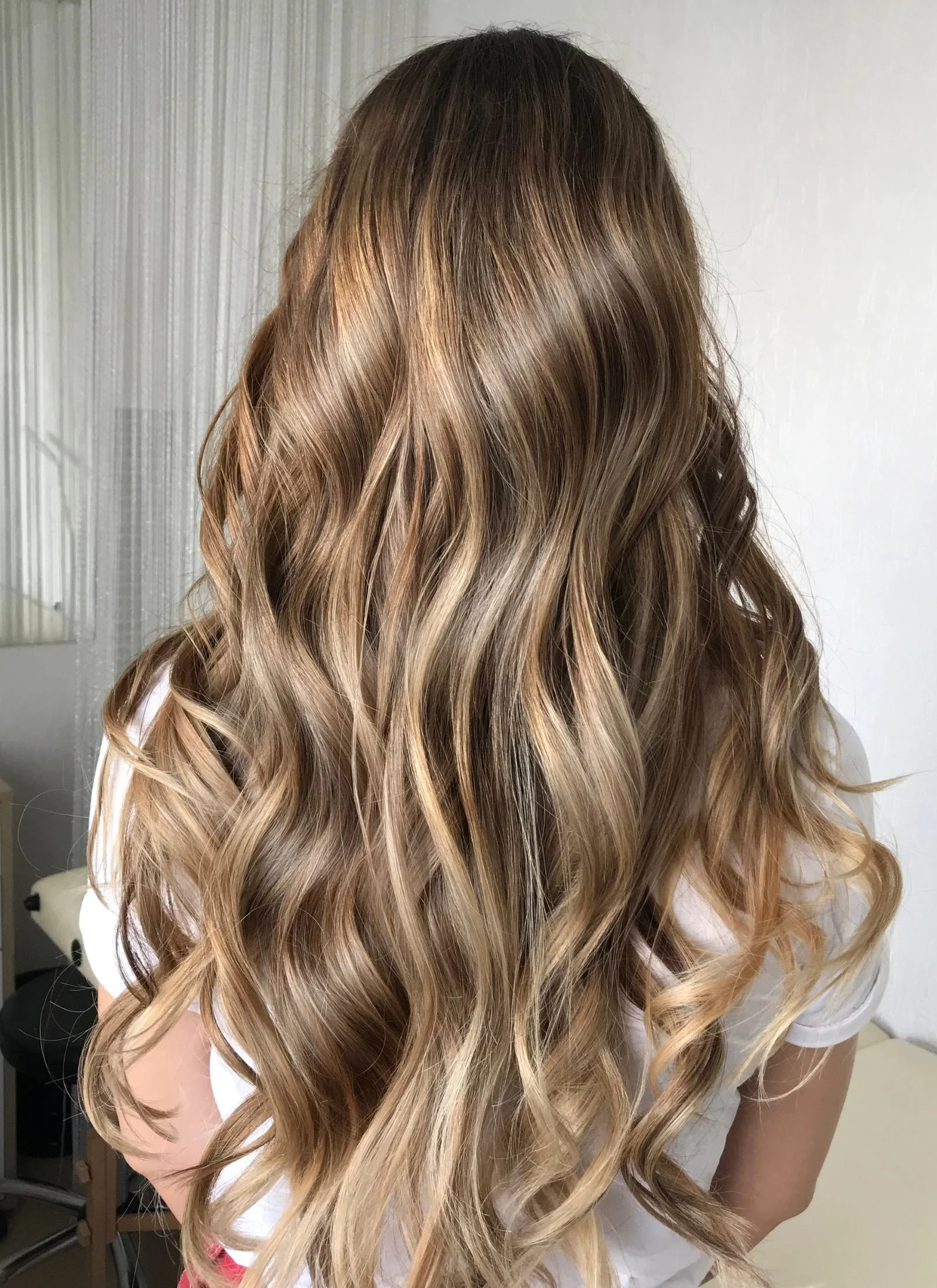
Shumskaya Tatiana/Shutterstock
Chocolate brown lowlights are more than a few shades darker than the warm blonde highlights in this dimensional style, so they create enhanced “shadows” that actually appear to add texture to the hair.
Paired with a wavy style for curve and shape, the brown lowlights appear to separate strands to really make the light blonde sections pop.
3. Platinum With Ash Brown and Dark Blonde Lowlights
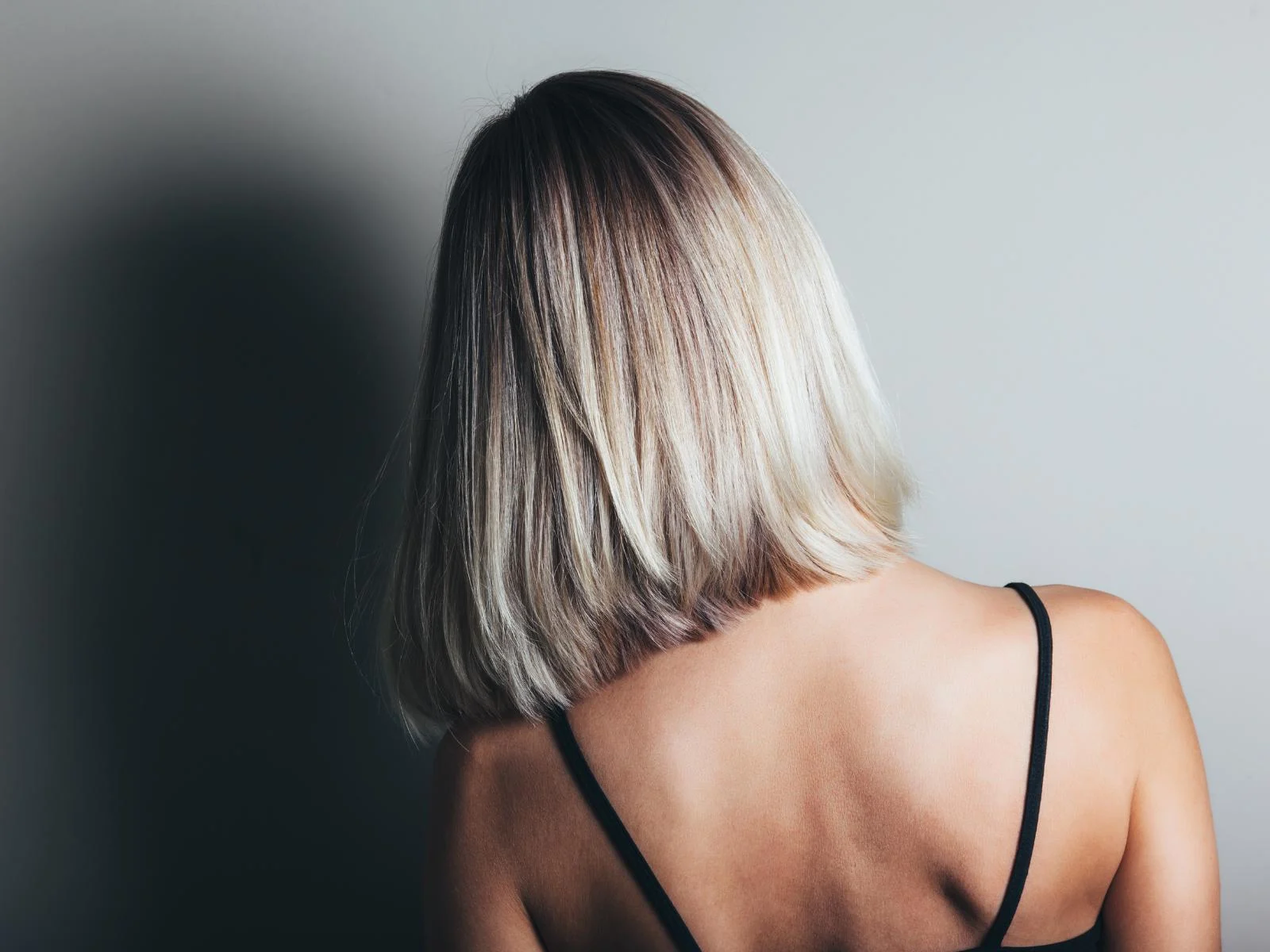
Alena Ozerova/Shutterstock
Platinum can look a little too stark for some when it’s an all-over color. Lowlights add a little depth that makes the color look more natural and less one-dimensional.
Here, a subtle shadow root with ash brown and dark blonde lowlights running throughout the base creates the effect of darker shadows that don’t contrast with the white-platinum shade too much.
Read Next: How to Get White Hair
4. Coffee Brown Root Lowlights With Dimensional Blonde Balayage
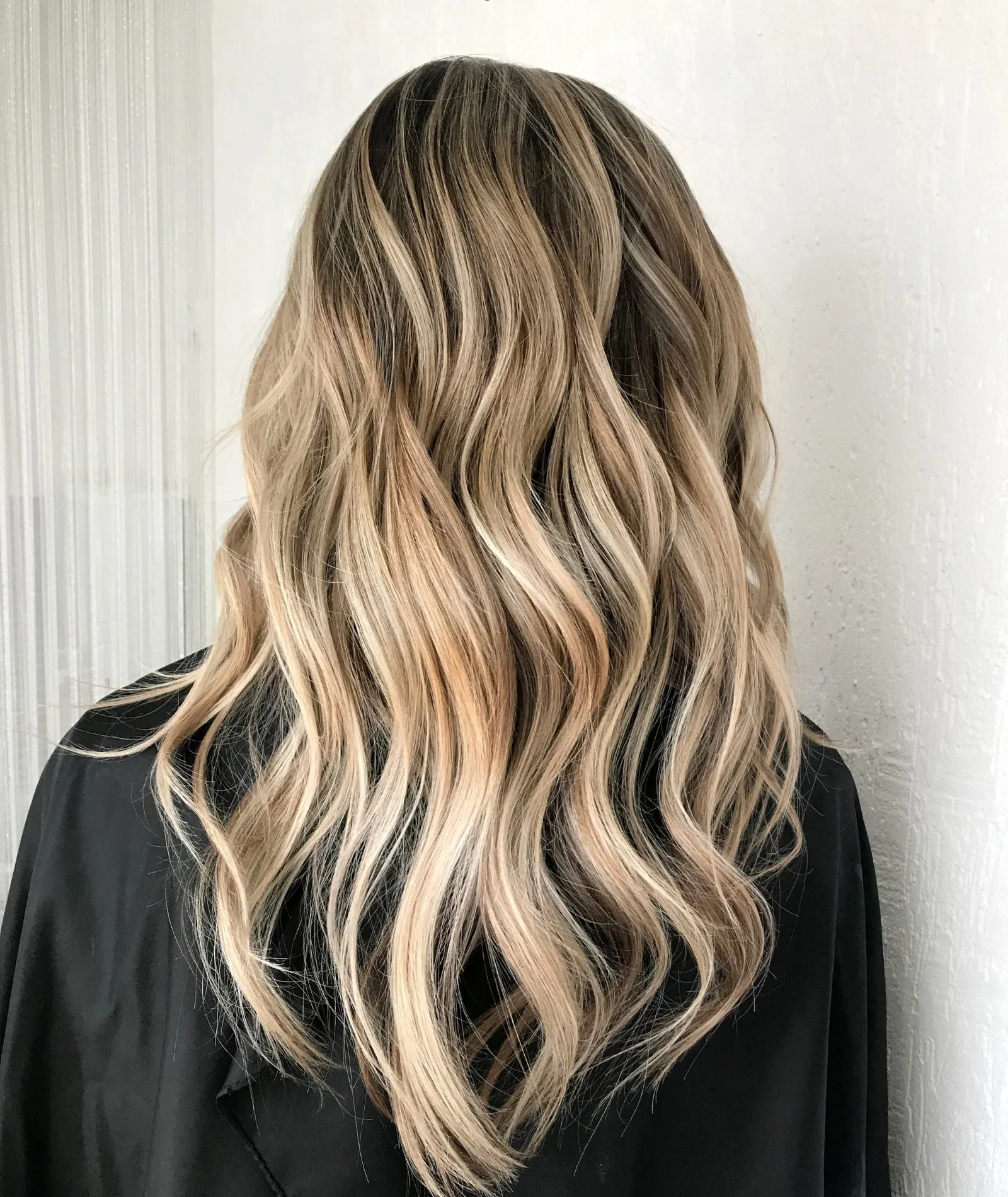
Shumskaya Tatiana/Shutterstock
Taking a multi-toned, dimensional light blonde to a new level with lowlights creates a more natural appearance and can help reduce the amount of maintenance and touch ups you’ll need.
Coffee brown lowlights around the roots to the midshaft gives this look a really natural feel that doesn’t look at all grown-out.
5. Champagne Highlights With Honey Blonde Lowlights
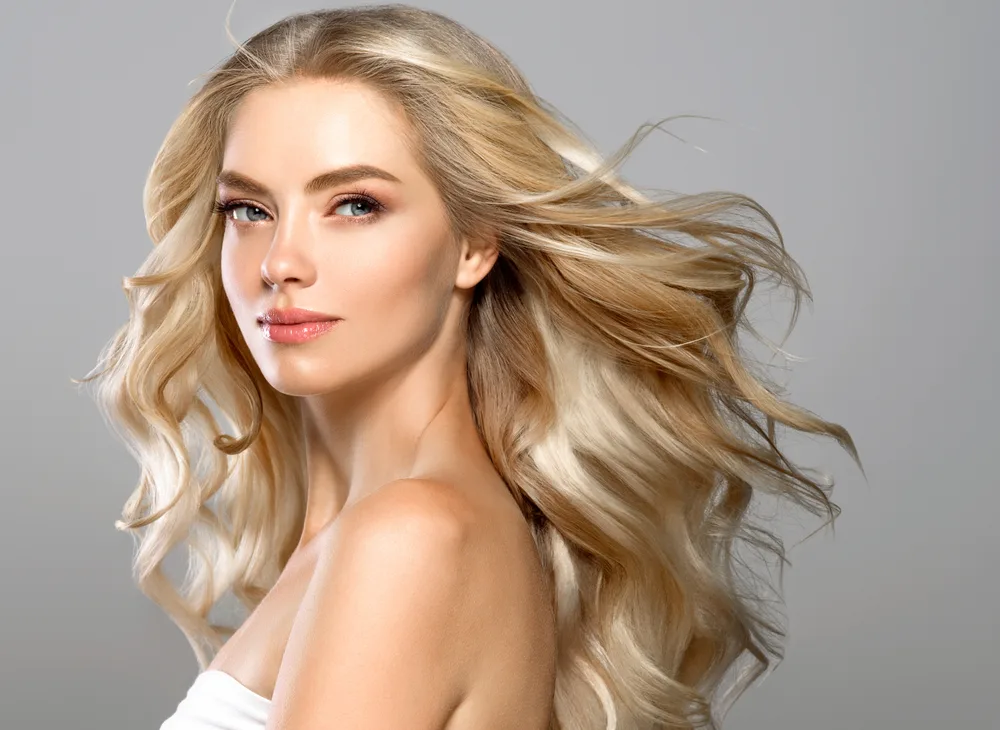
Irina Bg/Shutterstock
Lowlights don’t always have to be a dark color to create that depth and contrast. When you’re adding lowlights to an already light hair color (like this champagne blonde), you only need to go 1-2 shades darker to achieve the lowlight effect.
Here, warm honey blonde adds the contrast perfectly without looking unnatural against the light champagne tones.
6. Auburn and Cocoa Lowlights With Honey Blonde Accents
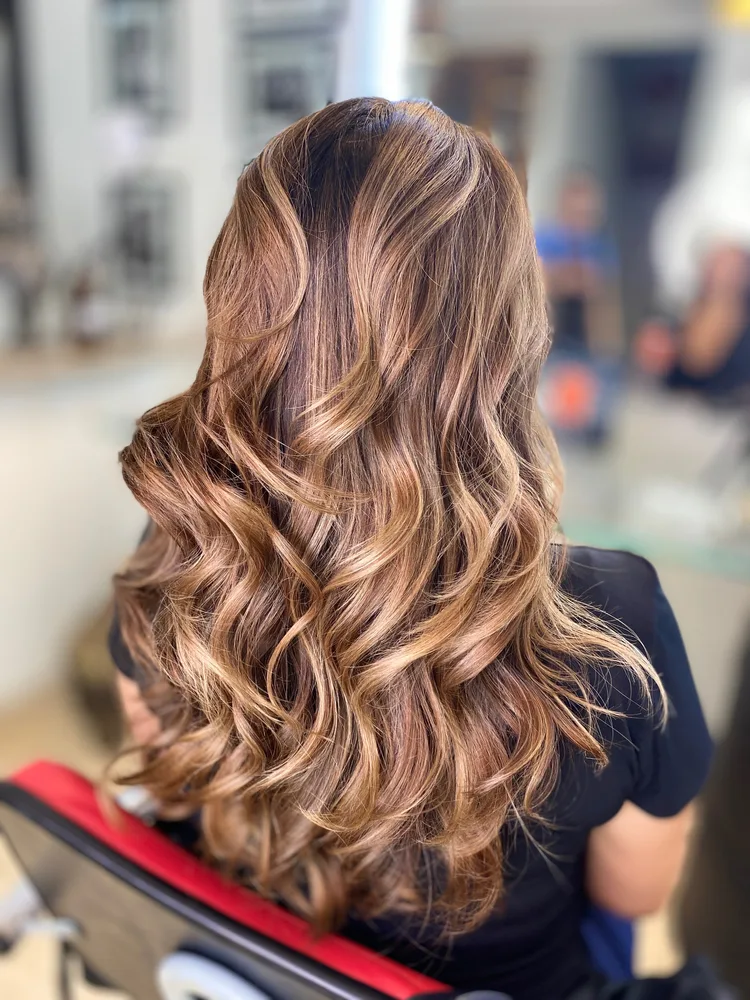
Jorge Germano/Shutterstock
Using a group of warm colors – honey blonde for highlights and cocoa brown and auburn red for lowlights – is perfect for ladies with warm undertones. This rich color scheme exudes warmth, brilliance, and dimension with the effect of color layers.
It looks complex with lots of depth thanks to the deeper brownish auburn and warm cocoa brown tones weaving in between the lighter honey blonde highlights.
Read Next: Auburn Hair Ideas
7. Espresso Lowlights With Neutral Blonde Highlights
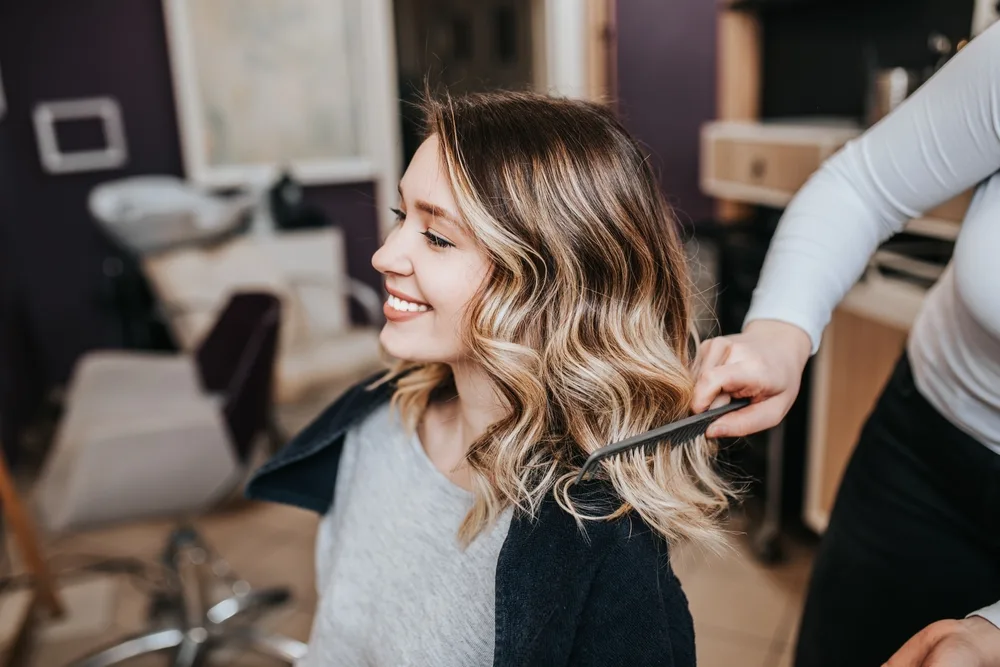
Hedgehog94/Shutterstock
Deep, rich espresso color works for creating high-contrast lowlights against a nice, neutral shade of blonde like this subdued wheat blonde tone.
While the overall effect is always going to be less natural with a shade so much darker than the highlights, we love the sharp, shadowed effect espresso color adds to this neutral blonde look.
8. Platinum Ombre With Ash Brown Lowlights
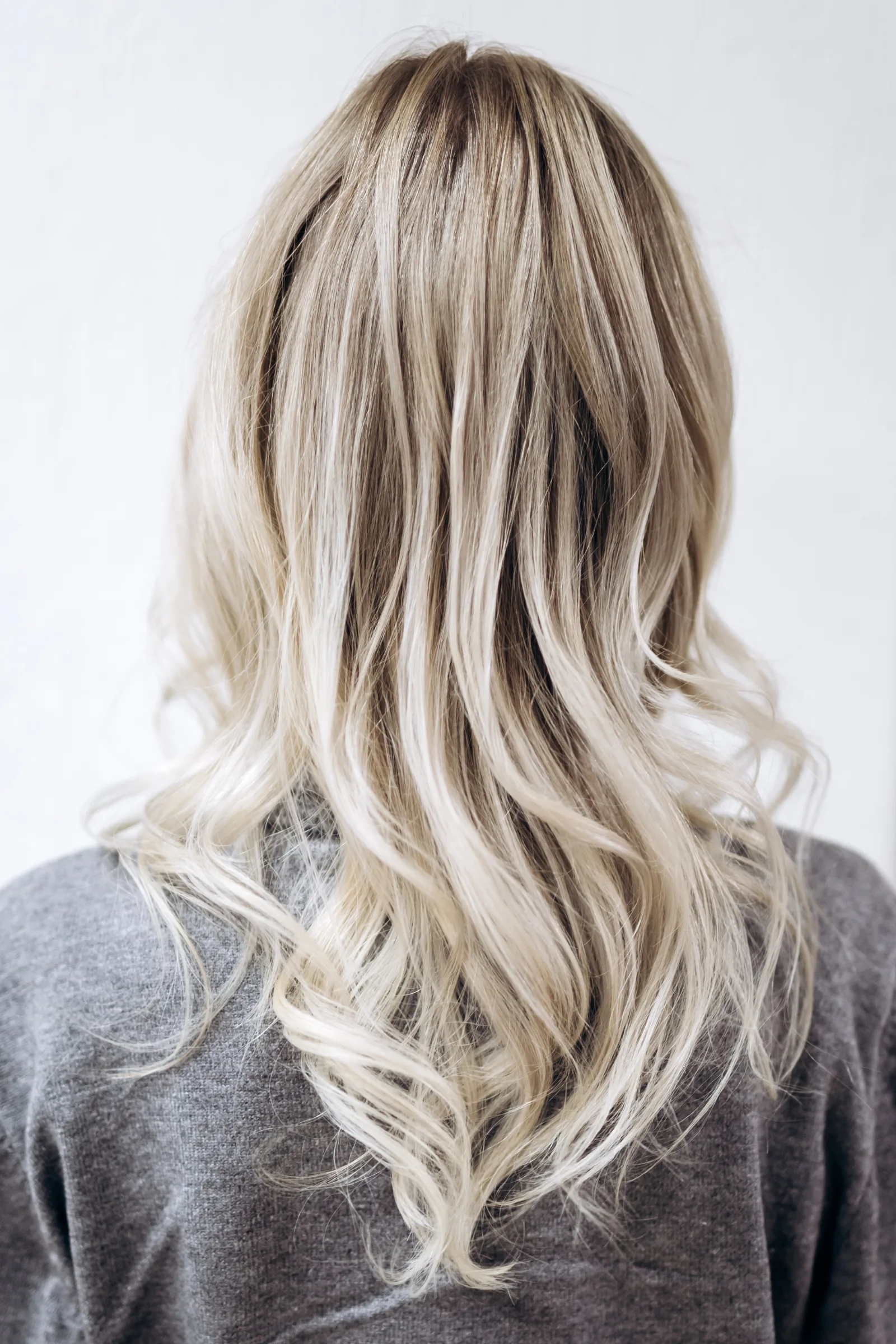
Shumskaya Tatiana/Shutterstock
Ombre color has a dark-to-light gradient that can be as stark or subtle as you want. This is a good example of a subtle ombre gradient with noticeable but muted contrast.
By using an ash brown silvery tone for the lowlights, the shimmering platinum is allowed to steal the spotlight at the ends. The richness at the roots of this ombre is all about creating contrast and shadow.
9. Coppery Blonde Pop of Color With Violet-Black Lowlights
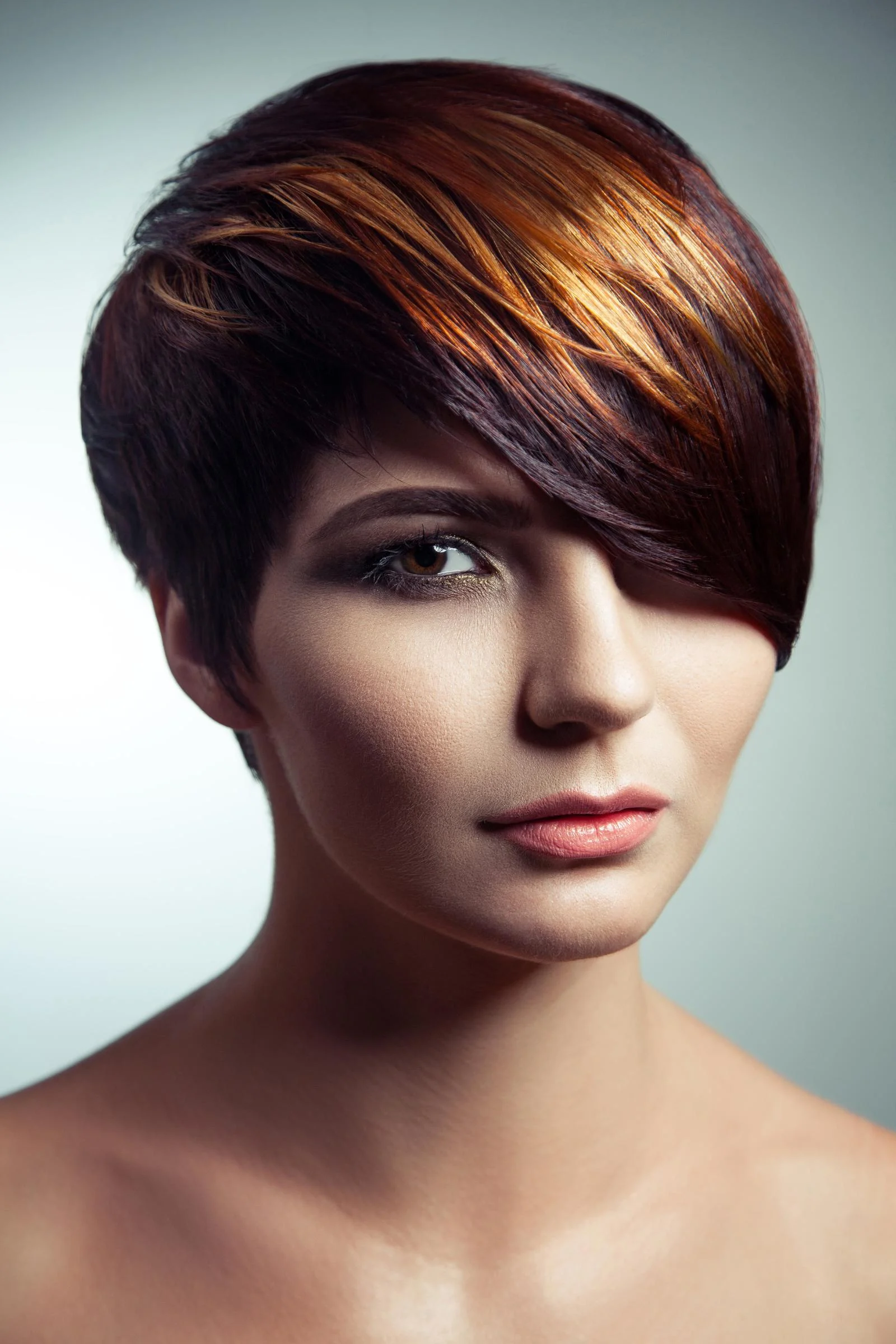
Khosro/Shutterstock
Violet tones in black create a gorgeous raven-hued tone that adds a little coolness to otherwise warm colors like the coppery blonde here. If you’re doing a bright pop of color and want to subdue the effect with a nice contrast, a rich, dimensional dark shade like this could be perfect.
10. Wheat Blonde Balayage With Dirty Blonde Lowlights
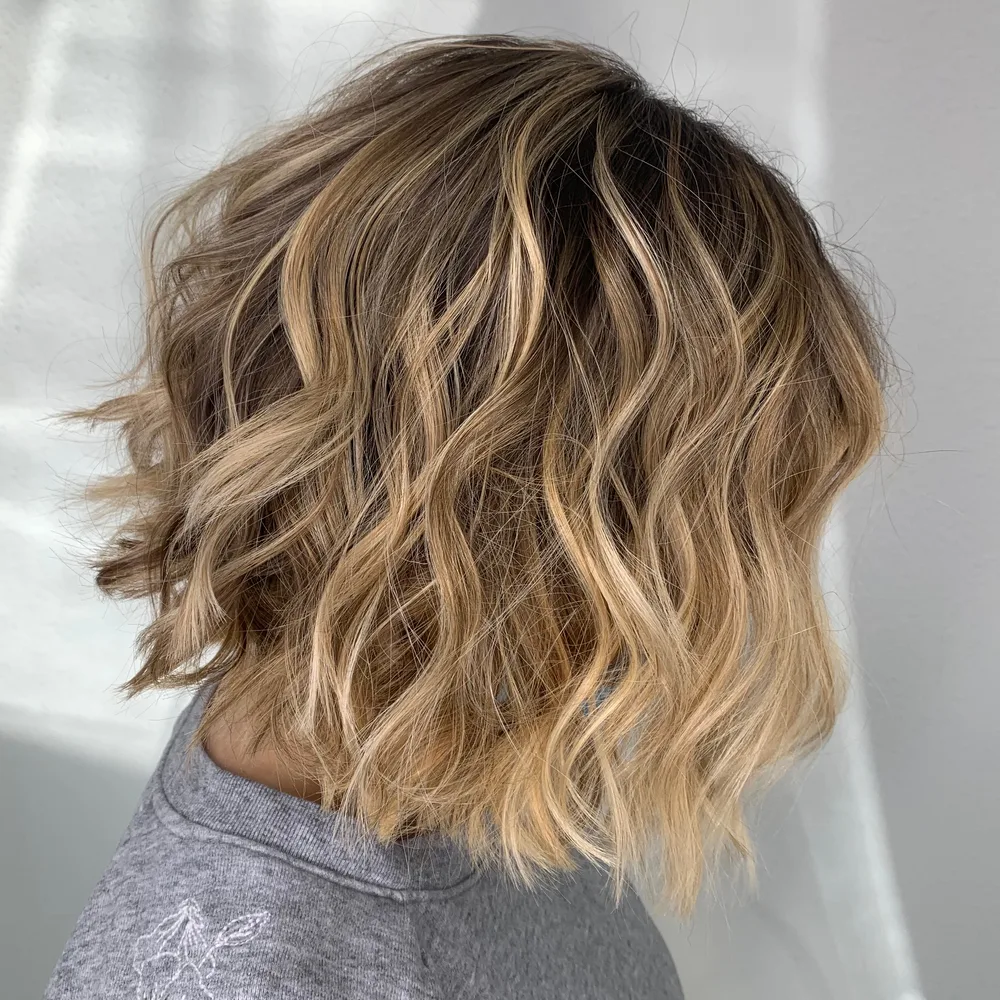
Sophie Hartmann/Shutterstock
Wheat blonde is one of our favorite blonde tones because it can really play both warm and neutral roles. It all depends on how you tone it and the other colors you surround it with. Here, a cool dirty blonde lowlight sets off the wheat blonde balayage to add some richness and depth.
11. Cocoa Brown Lowlights With Caramel Blonde Streaks
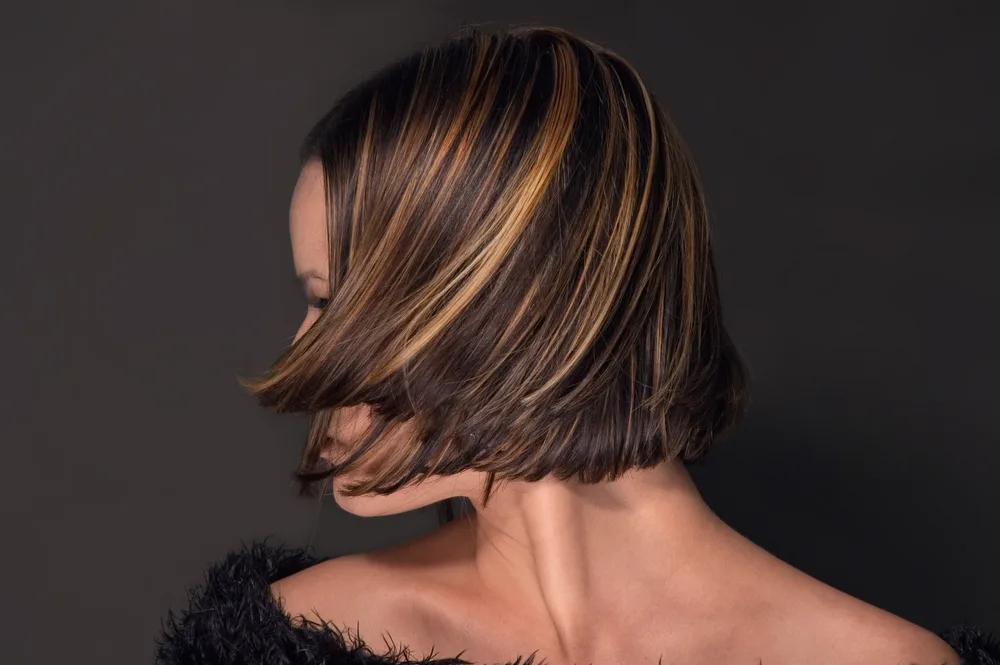
Roxana Gonzalez/Shutterstock
Warm, deep caramel blonde takes on an almost-coppery tone against the rich depth of cocoa brown lowlights. In this look, the brown strands are evenly interspersed between the thin tendrils of warm blonde to deepen the look of the base color and keep the blonde working as an accent, not an overall tone.
12. Ash Blonde and Medium Brown Lowlights
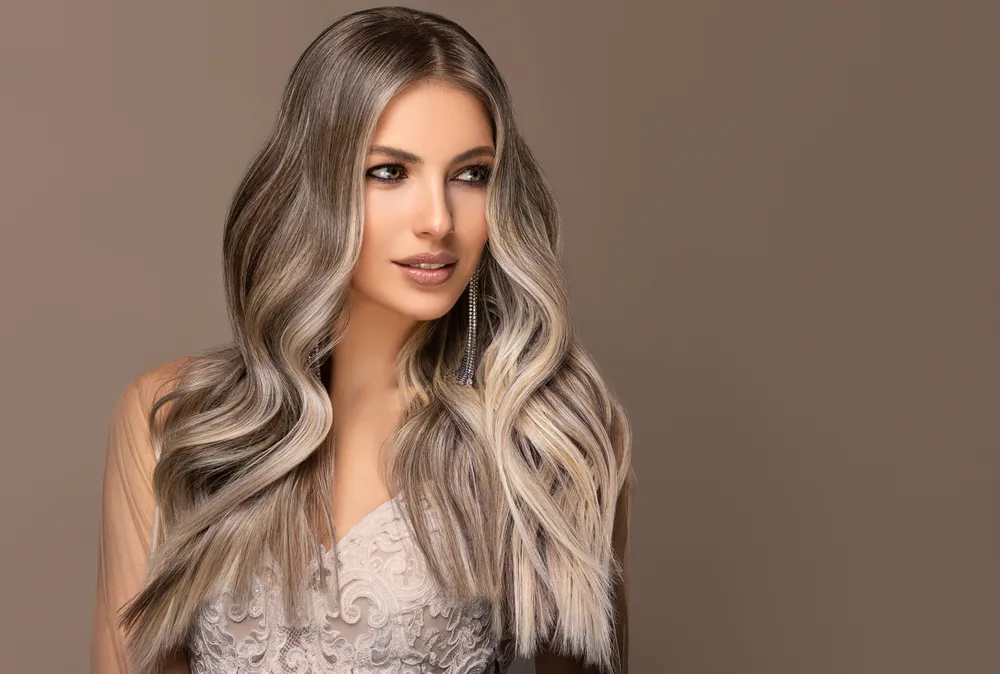
Sofia Zhuravetc/Shutterstock
This gradient color gets brighter around the face, which is a really flattering way to work lighter tones into your look.
Very light cool-toned blonde gets extra richness and depth from deeper ash blonde, then medium brown lowlights further from the face. This lets the face-framing brightness hold the focus while the lowlights provide some dimension and contrast.
13. Medium Brown Lowlights in Ash Blonde
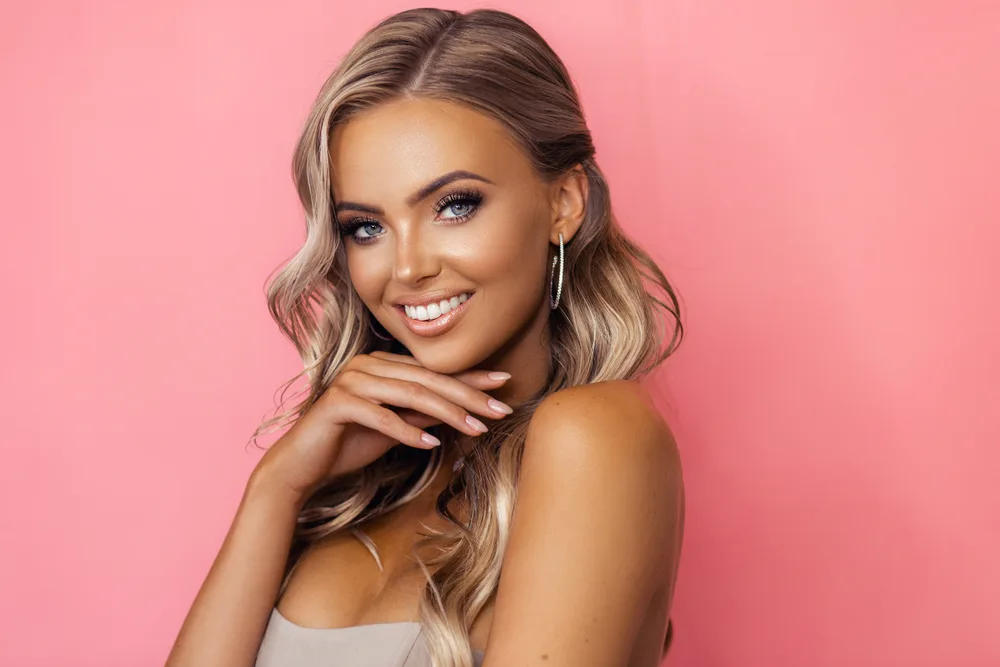
Galina Deinega/Shutterstock
Ash blonde has silvery cool tones that can create a lot of dimension when paired with deeper-colored lowlights like this.
Medium brown pieces are painted in the layers underneath to create peekaboo color that adds shadow and depth to an otherwise light-toned shade. The lowlights become more noticeable when you pull the hair up or style it in a half-updo like this.
14. Deep Espresso Lowlights With Reddish-Brown Accents
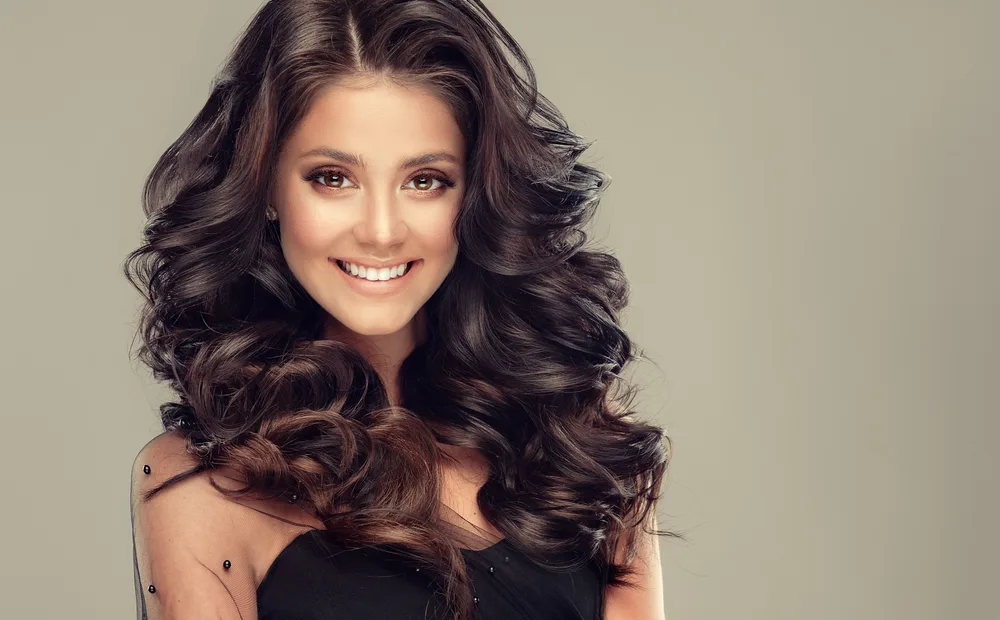
Sofia Zhuravetc/Shutterstock
Lowlights on brown hair must be noticeably darker to truly add a shadow and dimension effect to an already-dark color. This dark espresso shade is almost ebony in tone to create that signature lowlight contrast and juxtaposes the warm, reddish brown accents throughout the color.
15. Light Blonde With Golden Blonde Lowlights
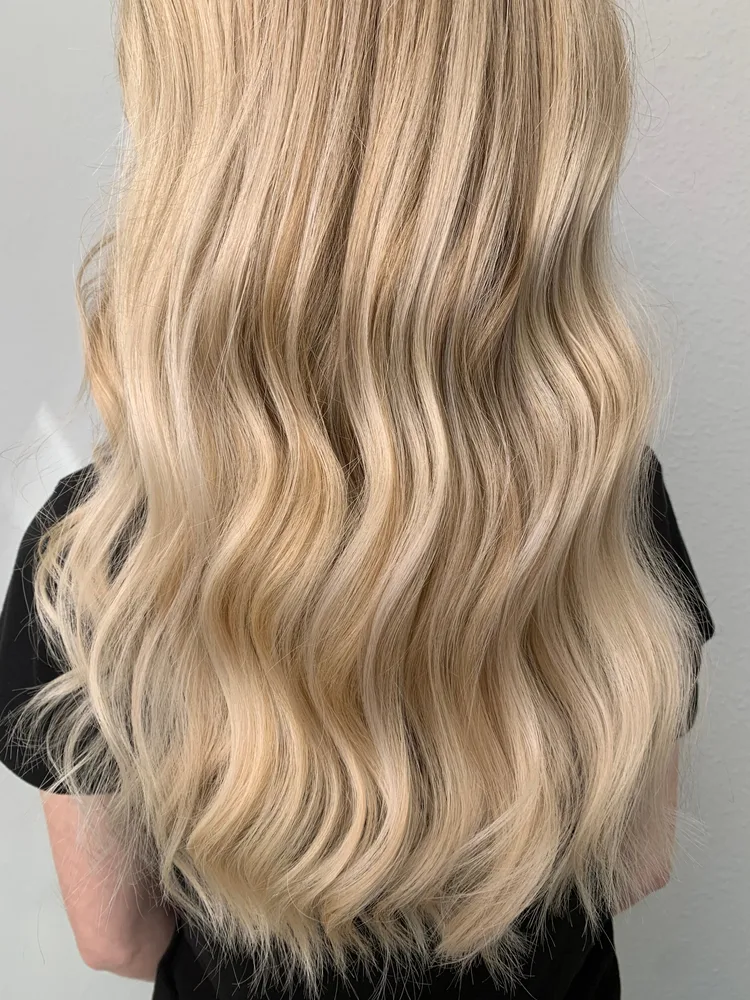
Sophie Hartmann/Shutterstock
It’s always fun to see lowlights that are the same color as the base or highlights, but with a slightly darker tone. Here, cool light blonde highlights are deepened a bit with slightly darker golden blonde highlights that add dimension and warmth to the color.
16. Chestnut Brown Lowlights and Warm Blonde Highlights
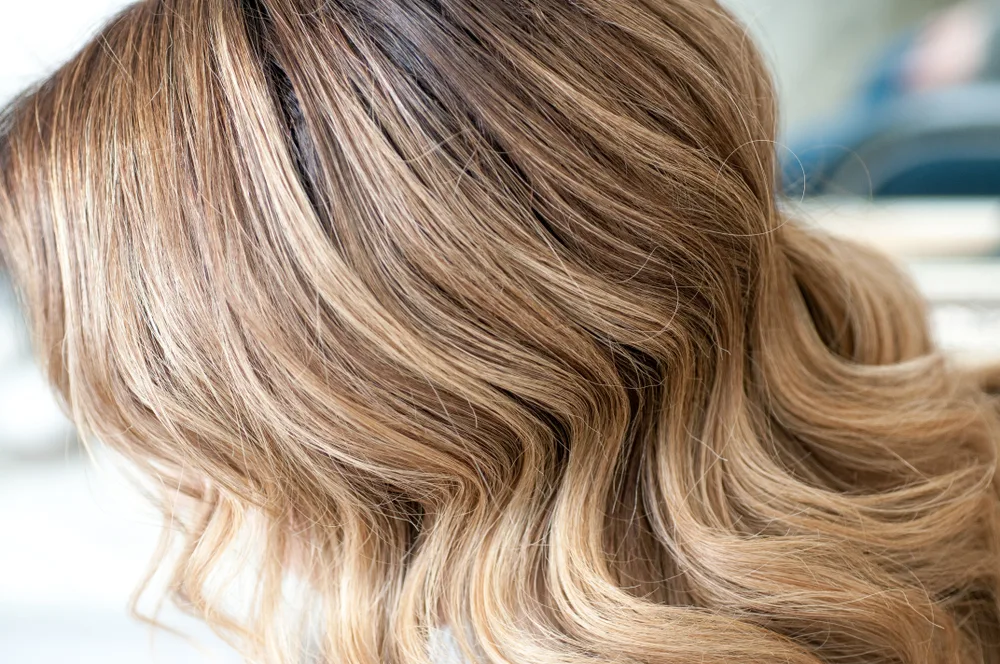
Oksy001/Shutterstock
We love a good reddish, light chestnut brown to add lowlights to an all-over warm blonde like this. The stylist left her darker base intact at the roots for easier maintenance and a little more depth.
They then added warm chestnut brown lowlights to contrast with the light honey-colored highlights for a more natural, dimensional effect.
17. Color-Balancing Brown Lowlights With Light Blonde Streaks
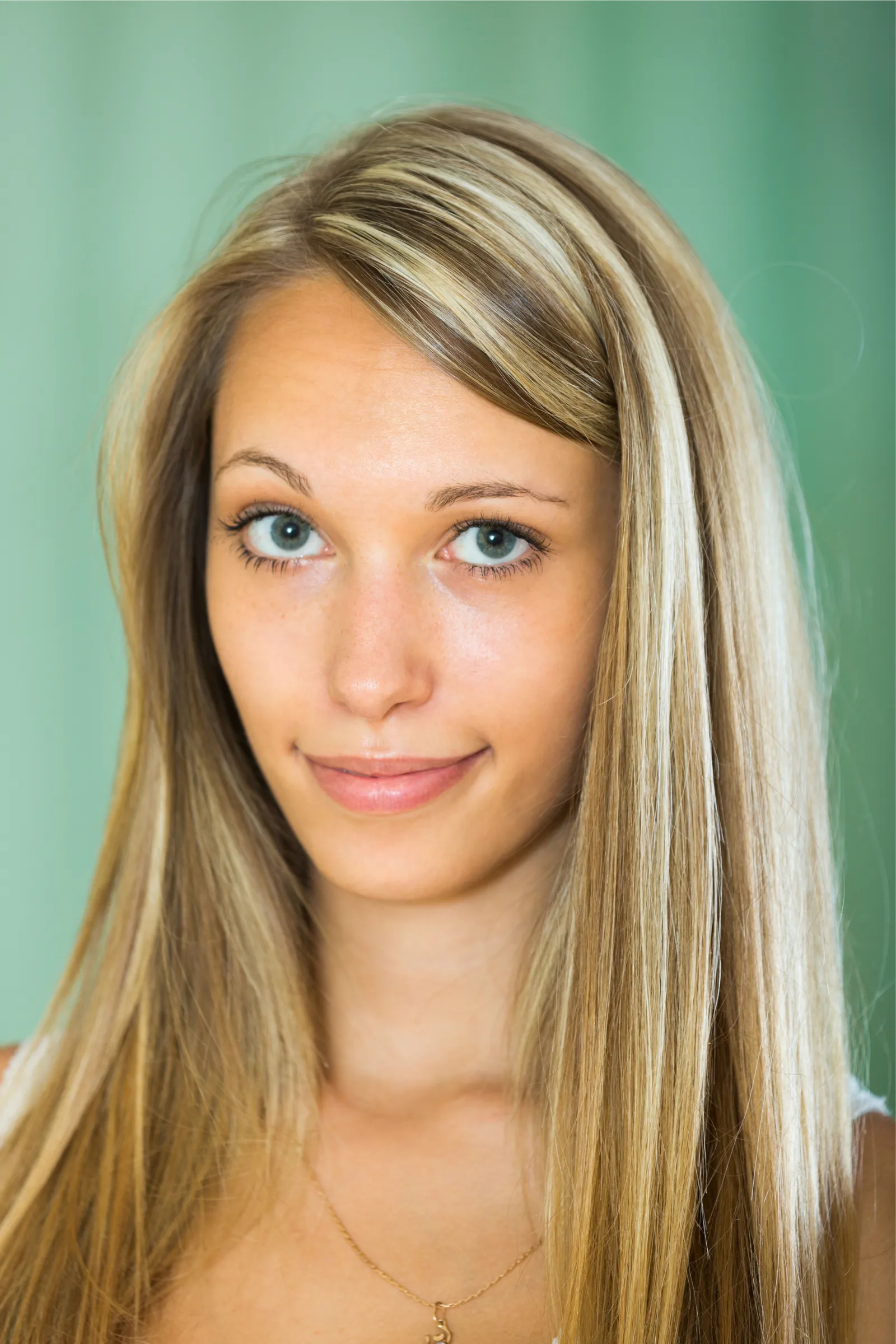
Bearfotos/Shutterstock
Take it old-school with a chunky, streaky highlight/lowlight combo that creates plenty of contrast while deepening the overall color a bit.
Light blonde with underlying yellow tones can look a little one-dimensional on its own, but adding warm brown streaks in between the blonde helps balance the color out and create shadows, depth, and dimension to perfect the look.
18. Multi-Colored Base With Highlights and Copper-Toned Lowlights
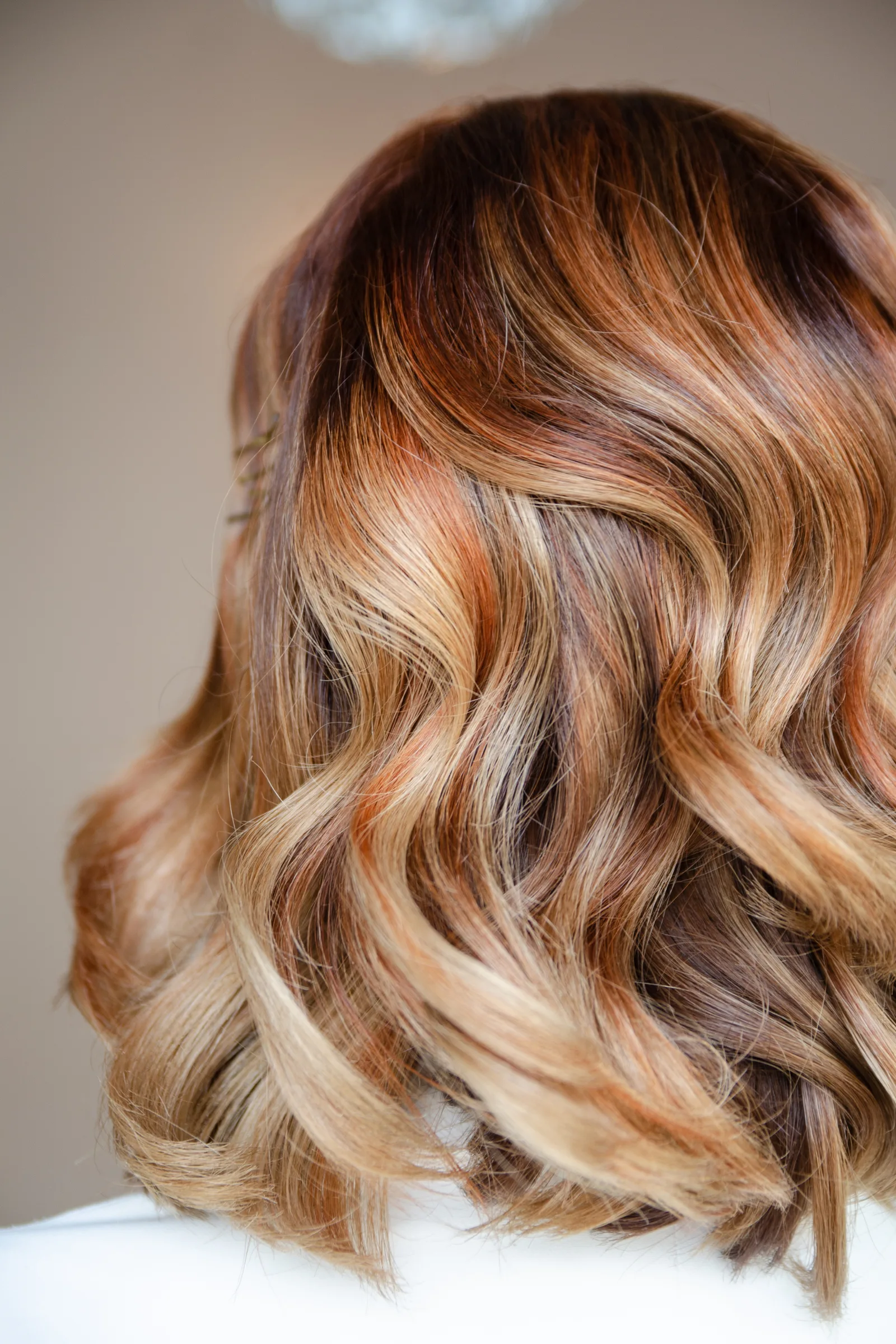
Asja Dellamore/Shutterstock
Red is such an underused color for lowlights, and no other color adds the amount of dimension and shine that red does to blonde and brown shades.
Light and deep copper tones weave throughout the brown and blonde tones in this multi-colored look for tons of dimension and depth with plenty of brightness from the highlights.
19. Dimensional Honey Blonde Curls With Subtle Lowlights
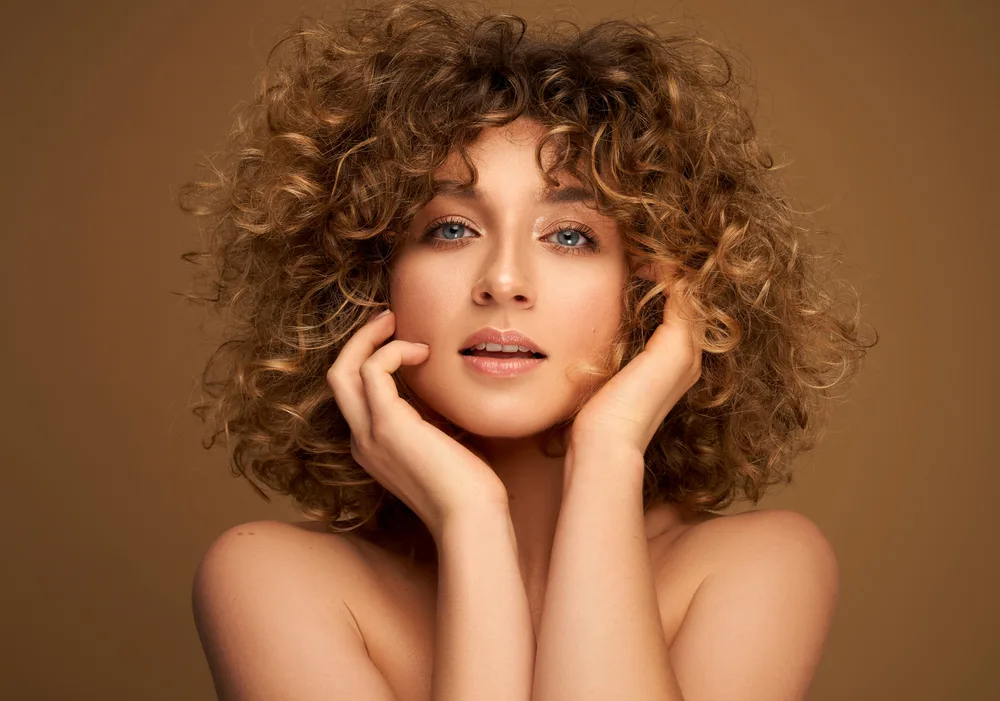
Kiuikson/Shutterstock
Subtle lowlights won’t look like obvious streaks or wide sections of darker color. Instead, they weave almost imperceptibly through a lighter color to look like natural shadows where the light hasn’t hit.
It’s an especially gorgeous effect on curly hair, which scatters and reflects light so beautifully on its own. With medium brown lowlights, the effect is even richer.
20. Warm Brown Lowlights and Champagne Highlights
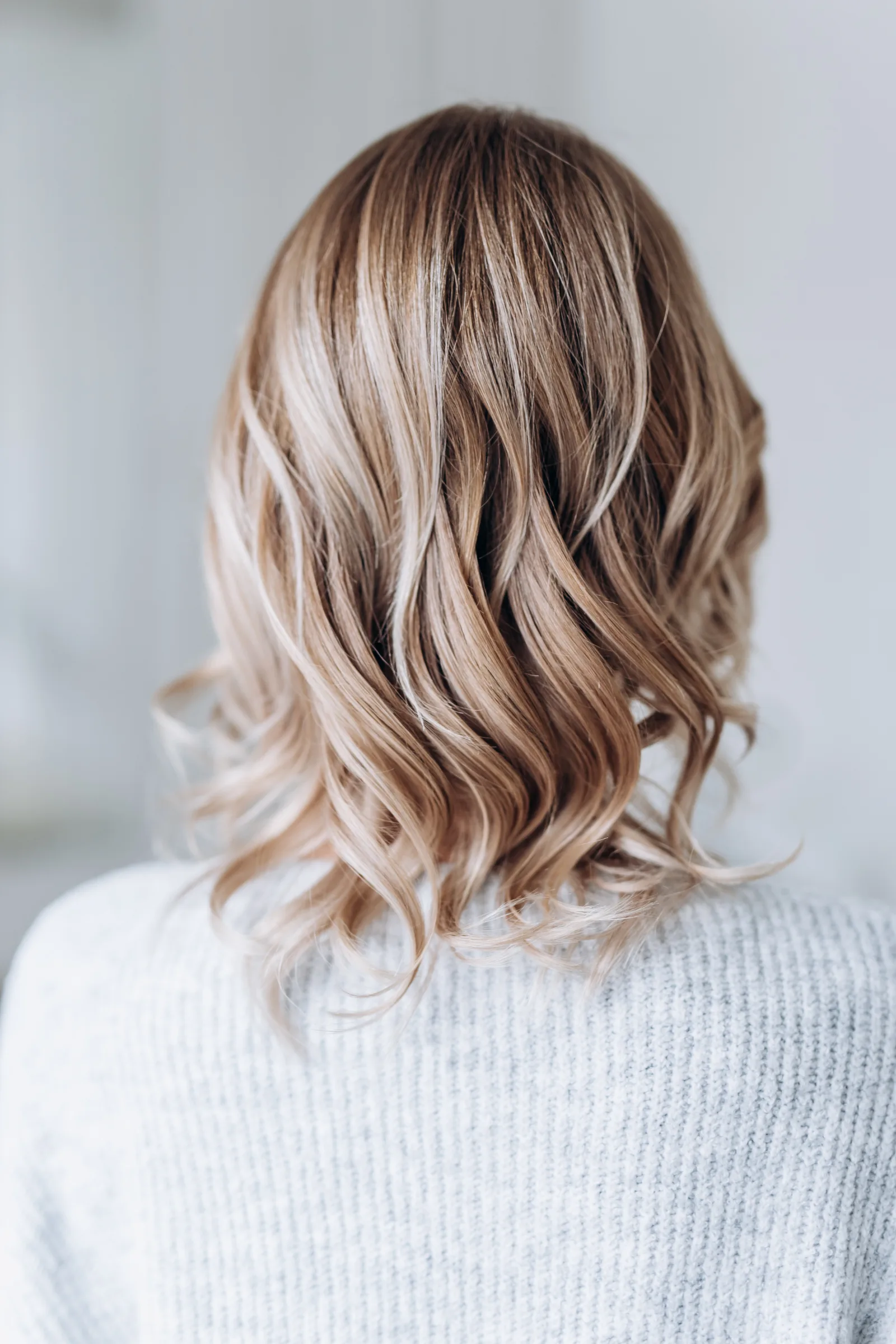
Shumskaya Tatiana/Shutterstock
Very light blondes like champagne and platinum can really benefit from a thorough lowlight that permeates the style.
It creates a look that’s a little more natural and can help you inject some warmth into otherwise cool blonde tones. That’s especially great for women with warm or neutral undertones that want to rock a cool blonde without looking washed out.
Lowlights Tips and Things to Consider
Want your lowlights to look gorgeous without the old-school chunky look? Keep these tips and considerations in mind before you book your appointment.
- The thinner the better. Lowlights that are too thick and chunky can look dated and won’t be as flattering. The thinner your lowlight sections are, the better the finished result will look. Since lowlights are used to add extra shadow, depth, and dimension, the goal is to make them look as natural and subtle as possible.
- For high-contrast lowlights, choose a darker shade. If you want your lowlights to be a little less subtle and natural, don’t go thicker with the sections – go darker with the color. While a harsh color contrast (like black lowlights in platinum hair) won’t be flattering, a high-contrast espresso brown lowlight can look absolutely bangin’ in a medium to light blonde color when placed properly.
- Proper placement is key. Where your lowlights are has a major effect on the final look. Too many and your highlights or base color can be lost in the mix. Too few and you’ll struggle to see a difference. The key is adding these darker sections in naturally without crowding the lighter sections too much. You don’t want to go too heavy with lowlights, especially high-contrast lowlights more than 2 shades darker than the rest of your hair. Stick to adding lowlights to every 2-3 foils to provide enough shadow and depth for each highlight.
- Try lowlights instead of highlights in slightly damaged hair. If you’re itching for a color change but you’re seeing signs of damage in your mane, opt for lowlights. Highlights involve bleaching, which is a really harsh process on already-damaged hair. Lowlights only deposit color and don’t require lifting in most cases, so it’s a much gentler process on slightly damaged hair. You can also use demi-permanent or semi-permanent color for lowlights, which won’t last as long or cause as much damage as permanent color. That’s great news if you like to switch up your color often!
- Lowlights can balance out over-lightened hair color. If you thought you wanted to go blonde but can’t quite get used to the all-over lightened look, lowlights are the perfect solution. You’ll be able to add some depth and rich darkness back in without dying your hair one color all-over. Start with just a few lowlights to create extra dimension and a shadow effect – you might find that it doesn’t take much to completely transform and balance out your blonde.
So, Should You Get Lowlights to Shake Up Your Look?
Lowlights are all about creating balance, depth, and dimension in the hair without changing the overall base color of the hair. They can work for almost any hair color, from the lightest blonde to deep brown shades.
This trendy color technique is truly the perfect solution to a range of hair color issues and problems. Lowlights can help darken over-lightened hair for a more natural look.
They accentuate waves and curls and help add a shadow effect to light-colored sections. They can create the illusion of added texture and separation in straight hair for a more piece-y, dimensional appearance.
And lowlights can help add in “layers” of deeper color that transform a boring, one-dimensional color into something more complex and rich. If you want to bring some earthy depth to your current color without undergoing a major hue transition, lowlights are the answer.
With a skilled colorist to apply and paint lowlights into thin, strategically placed sections in your hair, you’ll see how a few darker pieces in your mane can totally transform your look for the better.
After all, what would the light-colored yang be without the darker yin for balance? Bring the two extremes together and get the best of both worlds with lowlights to contrast with lighter-colored strands.
You’ll love the effect and if you don’t, the color will wash out within a month or two (just don’t choose permanent dye)!
